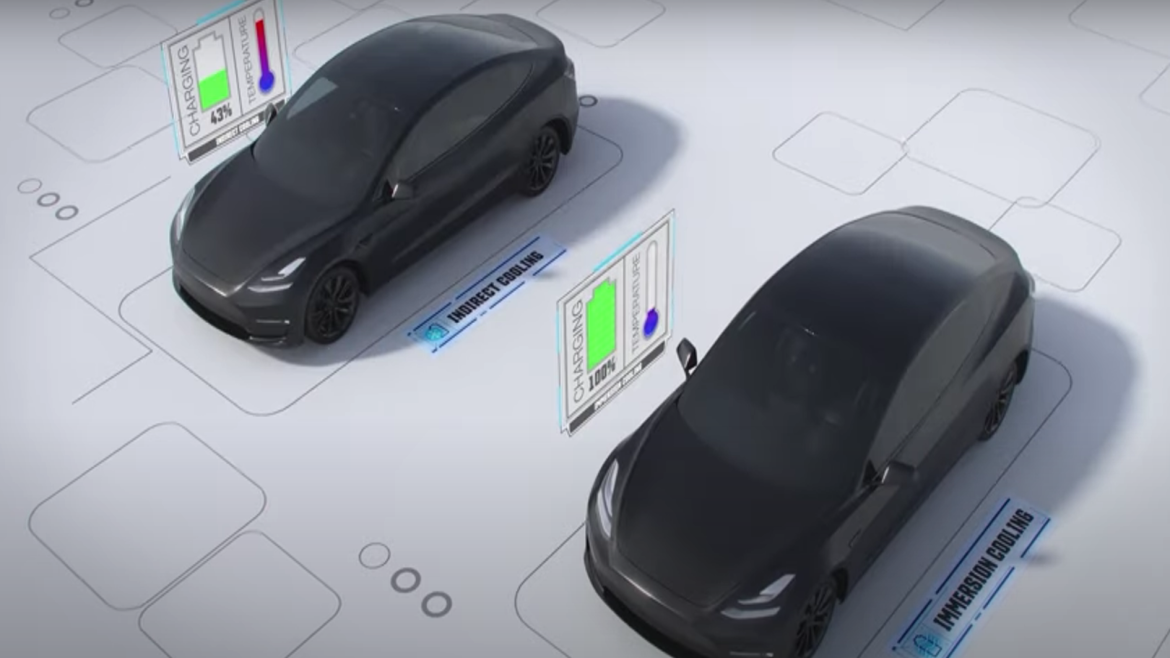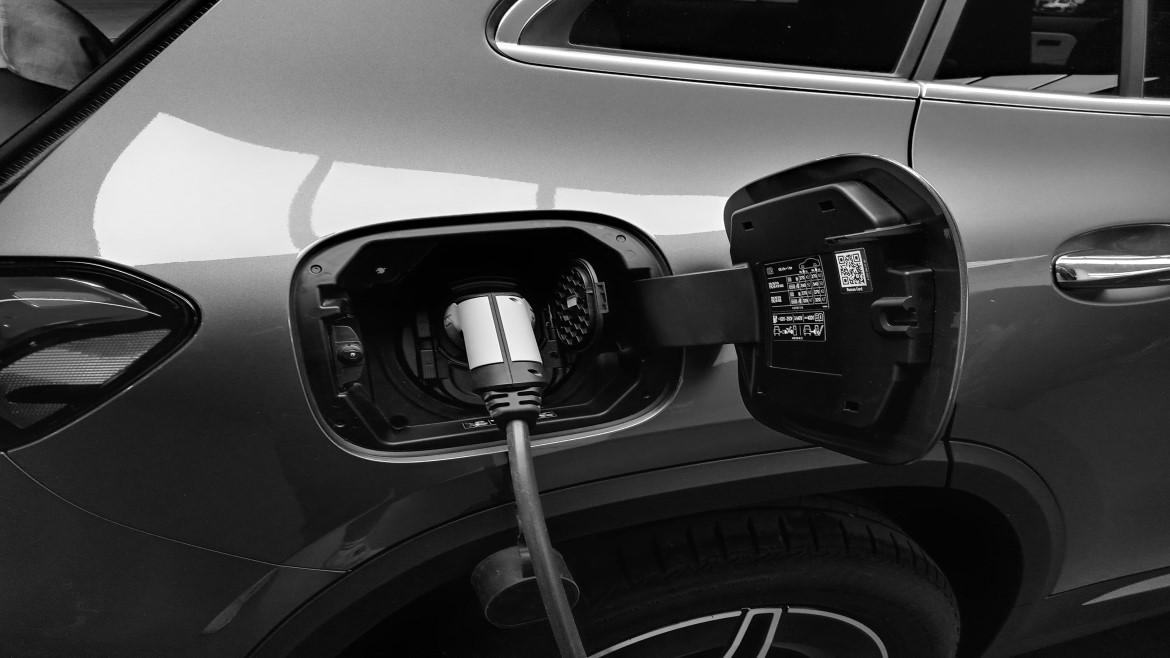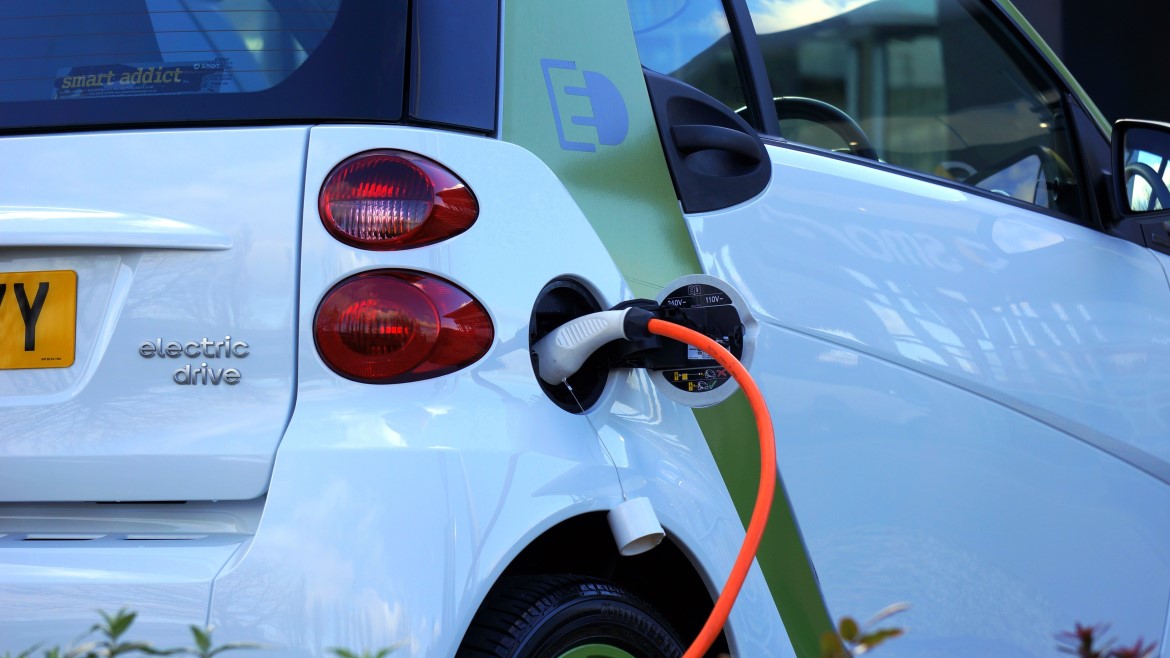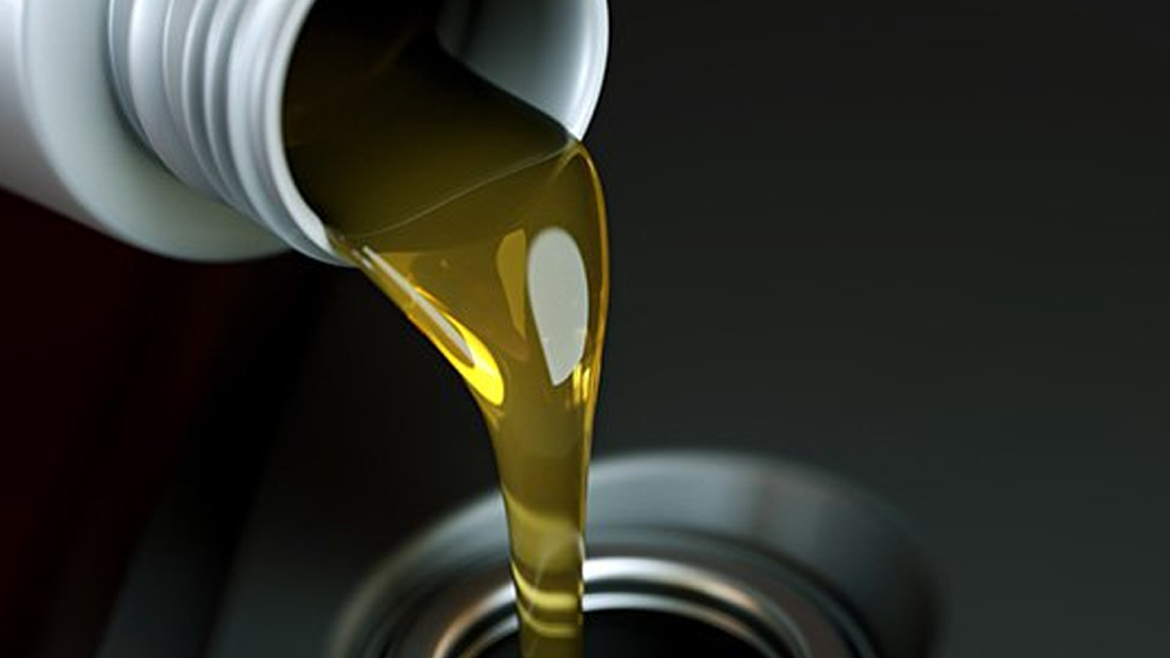This article appears courtesy of Engine Technology International, March 2018.
As propulsion systems continue to increase in complexity, fluids optimized for electrified environments are increasingly important.
Everything’s just fine.
“How’s it going?” When “fine” is the answer given to the question, it typically means things may not be bad, but they could be better. It may also simply mean “I don’t know what I don’t know.” That’s why fine may be the perfect word to describe the current lubricants and fluids used in today’s hybrid vehicles. To date, there haven’t been many major concerns reported that directly link hybrid performance or safety issues and the lubricants that run in them. What’s fine today, however, could clearly be better, which is why the science of additive technology is being expanded and explored to understand potential problems and identify opportunities for dedicated e-lubricants.
Optimization is the objective.
Operating conditions vary greatly from one type of propulsion system to the next, with longer range, greater speeds, temperature extremes and ever-increasing voltage. “As the world moves along the spectrum from ICE propelled vehicles on one end to fully electric on the other, the development of fluids and lubricants optimized for those changing performance demands becomes increasingly important,” says Scott Halley, Chief Engineer at The Lubrizol Corporation. “So, for anyone wondering,” affirms Halley, “lubricants are certainly not going away.” Granted, as one moves along the continuum from ICE to ICE Stop/Start to Mild HEV to Full HEV to Plug-In PHEV to Range Extender REEV to Battery Electric BEV configurations, the volume of lubricants may decrease, but the importance of additive technology engineered for those specific electrified environments will only increase.
Moving along the electrified vehicle spectrum, this image depicts passenger car propulsion systems from ICE to HEV to full EV
Impacts on oil technology.
“The complexity of mechanical and electrical systems in electrified vehicles is impacting engine oil in unique ways, and in numerous ways,” according to Alex Michlberger, Technology Manager/Engine Oils at The Lubrizol Corporation. “With the speed and magnitude of the design changes being driven by the race to meet government mandates for CO2 and greenhouse gases, some unforeseen consequences are occurring along the way,” he explains. “The potential for an increase in emulsification and the introduction of new contaminants are great examples of the types of issues we’re currently studying in hybrids.”
Emulsification. A product of any hydrocarbon combustion process is water. Most of this water escapes harmlessly through the exhaust as a vapor. However, some of it reaches the oil sump through blow-by. In an ICE vehicle, operating temperatures are usually high enough to boil out this moisture, removing it from the system. Depending on the vehicle, engines in hybrids only run intermittently, and as a result, the engine may rarely reach operating temperature. The water vapor can then condense in the oil sump and/or become suspended in the oil to form an emulsion. This emulsion can greatly diminish the lubricity of the oil and lead to wear and corrosion.
Contaminants. In the past, inorganic acids were caused by high sulfur content in fuel. Over the decades, sulfur content has been dramatically reduced, making inorganic acids less of an issue. It was a problem the industry thought it had solved. However, now due to the high water content which may collect in the oil sump of hybrid engines, organic acids may form. Certain types of these acids can be very corrosive to common materials used in engines. Additionally, some new hybrid engines are equipped with EGR (exhaust gas recirculation) to increase efficiency. EGR is known to accelerate engine oil degradation and increase the concentration of contaminants such as soot in the oil. The combination of new contaminants and more contaminants places new demands on the engine oil.
It’s time to fully embrace the hybrid mindset.
“As we begin measuring performance in terms of miles per kwh instead of miles per gallon, the importance of dedicated additive technology cannot be overstated,” says Halley. “True optimization can only be achieved when additive experts work closely with OEMs, oil marketers, and suppliers throughout the development process of new technology.”
“At its very core, the hybrid concept is about blending technologies with the goal of optimizing efficiency and performance,” adds Michlberger. “Yet, how many times has a preferred material been swapped out of a design because it performed poorly with an existing fluid? Have heavier or more costly parts ever been chosen because they happened to work better with an off-the-shelf lubricant?” In other words, how much is existing technology holding back innovative technology? How many trade-offs have already been made?
Given the significant changes in operating conditions in both hybrid and fully electric vehicles, designers and engineers responsible for developing the most efficient systems possible would be well-served to look to advanced lubrication and additive technology to take on some of the challenges usually asked of materials and hardware. Halley states, “For this new breed of transportation, it’s paramount to understand that fluids are indeed actual components of the vehicle.” Like materials and hardware, lubricants too can be re-engineered to help meet new challenges and ambitious performance goals. “There’s little doubt that to achieve true optimization, a more collaborative approach is required,” continues Halley. “It’s essential to bring together the disciplines of mechanical, materials and chemical engineering from the outset when vehicles are still on the drawing board.”









